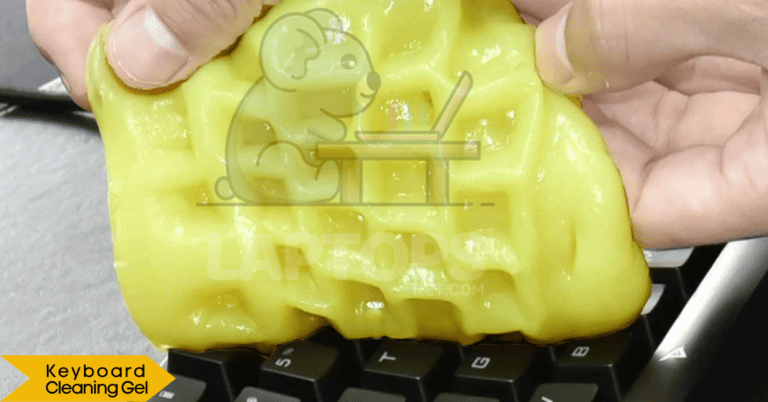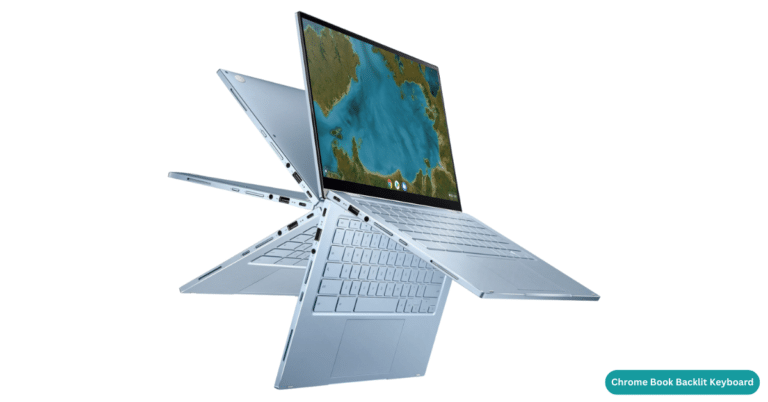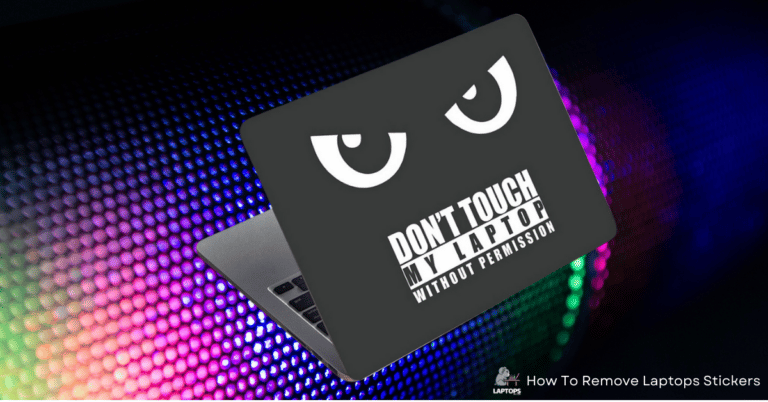HP laptops are manufactured in various locations worldwide, including China, Taiwan, and the United States.
The company has manufacturing facilities and partnerships in these locations to help it meet the demand for its products and to take advantage of local resources and expertise.
HP has several manufacturing facilities in China and partnerships, including a joint venture with Compal Electronics to produce laptops.
In Taiwan, the company has a manufacturing facility in Taoyuan and partnerships with Quanta Computer and Compal Electronics.
In the United States, HP has a manufacturing facility in Houston, Texas, which primarily produces workstations and servers.
I hope you satisfied from your questions answer Where are Hp Laptops Made? If you want more ultimate information related this Please Scroll below.
Who Founded HP?
HP (Hewlett-Packard) was founded in 1939 by Bill Hewlett and Dave Packard.

The company was initially located in a garage in Palo Alto, California, and has since grown to become a leading technology company with operations worldwide.
- Review of HP EliteBook 8470w Review
Reasons for choosing these locations
There are several reasons why HP has chosen to manufacture its laptops in various locations around the world, including China, Taiwan, and the United States. These reasons may include the following:
- Access to a skilled workforce: HP can tap into local expertise and talent to help produce its laptops by manufacturing in locations with a high concentration of skilled workers.
- Cost considerations: Manufacturing in certain locations may allow HP to take advantage of lower labor and production costs, which can help the company keep the prices of its laptops competitive.
- Proximity to key markets: HP can reduce the time and cost of transporting its laptops to customers by manufacturing in locations close to major markets.
- Availability of resources: Manufacturing in certain locations may provide access to local resources and materials needed for production, such as components and raw materials.
- Government incentives: Some governments offer incentives to companies that invest in manufacturing operations within their borders, which can determine where companies choose to produce their products.
Impact on Cost, Quality, and Availability
The location of manufacture can impact the cost, quality, and availability of HP laptops. Some factors to consider include the following:

Cost:
Manufacturing in locations with lower labor and production costs can help keep the prices of HP laptops competitive.
However, the cost of transporting the laptops from the manufacturing location to the point of sale may also be a factor.
Quality:
The quality of HP laptops may be influenced by the skills and expertise of the workforce, the quality of the materials and components used, and the manufacturing processes and standards followed.
Availability:
Manufacturing in locations close to major markets can help reduce the time and cost of transporting the laptops, improving their availability to customers.
However, local demand and production capacity may also impact availability.
It’s worth noting that many other factors can impact the cost, quality, and availability of HP laptops, in addition to the location of manufacture.
These may include the design and features of the laptops, the level of competition in the market, and the overall state of the economy.
Differences in Manufacturing Processes and Standards
There may be differences in the manufacturing processes and standards followed at the various locations where HP produces its laptops.
These differences may be due to various factors, including local regulations and laws, cultural differences, and the specific needs and requirements of the products being produced.
For example, HP’s manufacturing facilities may have different procedures for ensuring the quality and reliability of their products, as well as for handling and disposing of waste materials.
The company may also follow different standards and guidelines in different locations to ensure compliance with local regulations and meet the local market’s needs.
It’s worth noting that HP is committed to maintaining high standards for quality and sustainability in all its manufacturing operations, regardless of location.
The company has implemented several initiatives to ensure its products are produced responsibly and sustainably, including reducing waste and emissions, conserving resources, and promoting employee health and safety.
Sustainability and Social Responsibility Initiatives
HP is committed to operating its business socially and sustainably, including its manufacturing operations.
The company has implemented several initiatives to reduce its environmental impact and promote social and economic development in its communities.
Some examples of sustainability and social responsibility initiatives implemented by HP in its manufacturing operations include:
Waste reduction
HP has implemented several initiatives to reduce waste in its manufacturing operations, including recycling and reusing materials, reducing packaging, and using sustainable materials.
Energy and water conservation
The company has implemented measures to reduce its energy and water consumption in its manufacturing operations, including using energy-efficient equipment and implementing water-saving technologies.
Emissions reduction
HP has set goals to reduce its greenhouse gas emissions and has implemented several initiatives to achieve them, including improving energy efficiency and using renewable energy sources.
Community engagement
The company has programs in place to support the development of local communities, including education initiatives, job training programs, and partnerships with local organizations.
Employee health and safety
HP has implemented several initiatives to ensure the health and safety of its employees, including training programs and policies to prevent accidents and injuries in the workplace.
Challenges and Controversies Related to Manufacturing
As with any large global company, HP has faced several challenges and controversies related to its manufacturing operations. Some examples of these challenges and controversies include:

Working conditions
There have been concerns about the working conditions at some of HP’s manufacturing facilities and suppliers.
These concerns include long working hours, inadequate health and safety measures, and low pay.
HP has implemented several initiatives to address these concerns, including audits of its suppliers and programs to promote employee health and safety.
Environmental impact
The manufacturing process can impact the environment, and HP has faced criticism for the environmental impact of its operations.
The company has implemented several initiatives to reduce its environmental impact, including reducing waste and emissions and using sustainable materials.
Intellectual property
As a leading technology company, HP has faced challenges related to intellectual property, including disputes over patents and trademarks.
The company has invested in legal resources to protect its intellectual property and defend against infringement.
Competition
HP operates in a highly competitive industry, and the company has faced challenges related to competition from other firms. The company has focused on innovation and efficiency in its operations to stay competitive.
Comparison to Other Laptop Brands’ Manufacturing Locations and Practices
Like HP, other laptop brands manufacture their products in various locations worldwide to take advantage of local resources and expertise and to meet the demand for their products.
Some examples of other laptop brands and their manufacturing locations include:
- Dell: Dell laptops are manufactured in several locations worldwide, including the United States, China, and Poland. The company has manufacturing facilities and partnerships to produce its laptops and other products in these locations.
- Lenovo: Lenovo has manufacturing operations in some countries, including China, the United States, Japan, and Mexico. The company has several manufacturing facilities and partnerships to produce its laptops and other products in these locations.
- Apple: Apple laptops are produced in some countries, including China, the United States, and Taiwan. The company has some manufacturing facilities and partnerships to produce its laptops and other products in these locations.
Potential Future Developments or Changes in Manufacturing Locations
It’s difficult to predict exactly what future developments or changes in manufacturing locations may occur for HP or other laptop brands.
However, many factors could potentially influence these changes, including:
Changes in demand
As market conditions change, the demand for laptops and other products may shift, influencing where companies choose to manufacture their products.
Changes in cost
Fluctuations in labor, materials, and other production costs could influence where companies manufacture their products.
Changes in regulations
Changes in local or international regulations, such as environmental or labor laws, could impact where companies choose to manufacture their products.
Changes in technology
Advances in technology, such as automation and robotics, could change the way that laptops and other products are manufactured, which could influence the locations where they are produced.
Changes in competition
As competition in the market changes, companies may need to adapt their manufacturing operations to stay competitive.
This could involve changes in the locations where they produce their products.
The Role of Automation and Technology in HP’s Manufacturing Processes
Automation and technology play a significant role in HP’s manufacturing processes, helping the company to increase efficiency, reduce costs, and improve the quality of its products.
Some examples of how automation and technology are used in HP’s manufacturing operations include:
Robotics
HP uses robotics in several areas of its manufacturing process, including assembly, testing, and inspection.
Robotics can increase the speed and accuracy of these tasks and improve safety by reducing the need for human labor in certain areas.
3D printing
HP has implemented 3D printing technology in its manufacturing operations to help produce complex parts and components for its products.
3D printing can reduce the time and cost of production and increase design flexibility.
Machine learning
HP has implemented machine learning technology in its manufacturing operations to help improve efficiency and quality.
For example, machine learning algorithms can optimize production schedules, predict equipment failures, and identify product defects.
Data analytics
HP uses data analytics to track and analyze production data in real time, helping the company to identify trends, optimize processes, and improve efficiency.
HP’s Manufacturing Operations’ Economic and Societal Impacts are Local and Global
HP’s manufacturing operations have economic and societal impacts on the local and global levels. Some examples of these impacts include:
Economic impact: HP’s manufacturing operations create jobs and contribute to the local and national economies where they are located.
The company’s operations may also support other regional businesses by providing a market for goods and services.
Societal impact: HP’s manufacturing operations can have many positive and negative societal impacts.
On the positive side, the company’s operations provide employment and training opportunities for local workers and support the development of local infrastructure and services.
On the negative side, there may be impacts on the environment, such as air and water pollution, and there may be concerns about working conditions and social responsibility in the company’s operations and those of its suppliers.
If you want to get more information you can check HP about us section.
FAQs (Where are HP Laptops Made?)
Who Makes HP Desktop Computers?
HP desktop computers are made by HP, Inc. This global technology company designs many products, including desktop computers, laptops, printers, and more.
HP has manufacturing facilities and partnerships worldwide to produce its products, including desktop computers.
These facilities and partnerships may be responsible for different stages of the manufacturing process, such as assembly, testing, and inspection.
Does HP Have a Factory In India?
Yes, HP has a factory in India located in Chennai. The factory produces a range of products, including printers and personal computers.
In addition to manufacturing, HP’s operations in India include research and development, sales and support, and corporate functions.
Where are HP desktop computers made?
HP desktop computers are made in various locations worldwide, including China, Taiwan, and the United States.
Does HP Outsource its Manufacturing?
Like many technology companies, HP uses a combination of in-house manufacturing and outsourcing to produce its products.
The company has manufacturing facilities and partnerships in various locations worldwide to help it meet the demand for its products and take advantage of local resources and expertise.
Thanks 💝 for reading this guide. I hope you enjoy 😀 this blog post and get a lot from this. Please give me suggestions to write different blog post by commenting below👇. You can get updates by filing your 📩 email at out newsletter.
Follow me on Instagram and get your questions answer instantly. Thanks again for reading this Ultimate guide. Keep calm and Respect your family and definitely your parents. Take care and God Bless You🫡.












